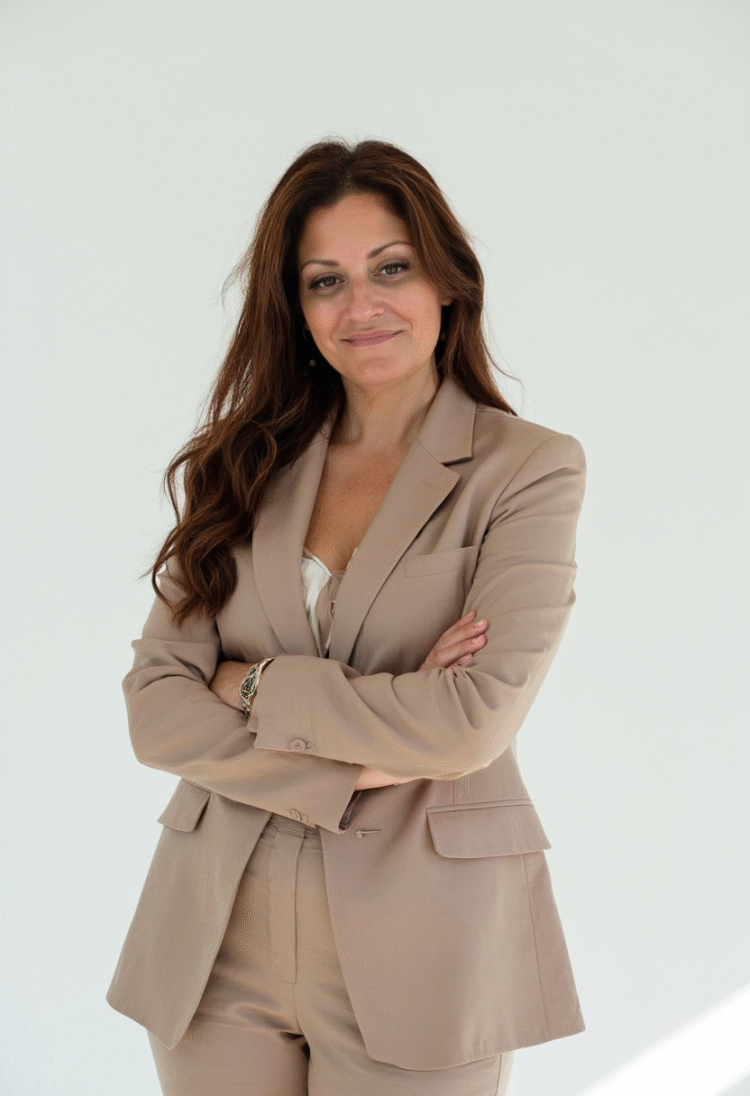When performance dips, many founders default to blaming marketing. Campaigns, ad spend, and funnel tactics often take the heat when customer acquisition costs rise or lifetime value stalls. But Emma Rainville, founder of Shockwave Solutions, has built her career showing that what looks like a marketing issue is often an operational one.
Rainville, who calls herself an “Integrator by DNA,” approaches businesses from the inside out. Instead of patching holes, she rebuilds the systems that determine whether growth creates profit or drains it. One seven-figure client demonstrated this clearly: in just 60 days, her frameworks lowered CAC, raised LTV, and turned a frustrated marketing team into the company’s strongest asset.
When the Funnel Isn’t the Problem
The client was stuck in a recurring loop. Funnels underperformed, acquisition costs rose, and lifetime value refused to grow. Each time, the founder swapped marketing leaders, hoping a new hire would unlock results.
The problem wasn’t talent. Rainville’s review revealed five different funnels running simultaneously, each with shifting calls to action. Campaigns launched without coordination between marketing, fulfillment, and customer service. Ad spend poured into strategies with no operational backbone.
“It wasn’t that the marketers were failing,” Rainville explains. “They were trying to perform in an environment with no clarity and no consistency. Even the best creative can’t succeed in chaos.”
This pattern is common in growth-stage companies. Leaders misread execution breakdowns as personnel failures, when in fact the environment makes success almost impossible.
Installing Cadence and Focus
Rainville’s intervention began with structure, not staffing changes. She worked with the founder to set quarterly goals that anchored every decision. Next, the company’s attention narrowed to two core offers instead of five competing funnels. Standard operating procedures ensured messaging, delivery, and customer support moved in sync.
Weekly Breakers meetings gave the team a rhythm for surfacing and solving problems before they escalated. Rather than improvising under pressure, employees could now work within a predictable cadence.
The cultural impact was immediate. With clear direction, the marketing team stopped playing defense and started delivering. Freed from the turbulence of shifting priorities, they gained ownership and confidence. Creativity thrived not because Rainville imposed restrictions, but because she provided guardrails that protected focus.
For the founder, the shift was equally transformative. Instead of spending energy on constant firefighting, they could finally return to the strategic role of guiding vision and growth.
Why Operational Clarity Pays Dividends
Within 60 days, the financial results were undeniable. CAC dropped, LTV increased, and the same staff who had been viewed as underperforming produced record results. The turnaround required no new hires and no radical marketing overhaul. It came from aligning goals, protecting cadence, and giving teams the structure to succeed.
“Marketing can’t thrive in chaos,” Rainville says. “When operations are fractured, every campaign is set up to fail. But when you give teams clarity, cadence, and focus, the ROI takes care of itself.”
The founder recognized that the real barrier had never been a lack of talent. It was the absence of systems to support that talent. Addressing operational bottlenecks reduced financial waste while also easing the stress that had plagued leadership.
The shift in perspective was lasting. Instead of chasing the idea of a single “game-changing hire,” the company invested in building an environment where strong performers could excel. The lesson wasn’t about hiring at all. It was about structure.
The Bigger Lesson for Founders
Rainville emphasizes that this case is not an anomaly. She has seen the same outcome across industries from e-commerce to direct response. Leaders often try to solve execution problems with staffing changes or new marketing tactics, when what they truly need is operational discipline.
Her advice is straightforward: streamline before scaling. Codify priorities in writing. Protect cadence with weekly and quarterly rhythms. And ensure marketing, fulfillment, and customer service remain aligned.
For founders, the message is clear. Operational clarity is not just a back-office concern. It is a direct driver of ROI. Rainville’s 60-day turnaround shows how quickly profitability can return when businesses stop blaming funnels and start fixing foundations.














![The Most Searched Things on Google [2025]](https://mgrowtech.com/wp-content/uploads/2025/06/most-searched-keywords-google-sm-120x86.png)
